The 1031 exchange is a powerful tool for real estate investors seeking to defer capital gains taxes when selling an investment property. It allows them to reinvest the proceeds from the sale into a like-kind property, essentially swapping one investment for another. But what if your investment property has a mortgage? Does that disqualify you from utilizing a 1031 exchange? The answer is no! Let’s explore how debt impacts a 1031 exchange and look at practical examples to shed light on the process.
Understanding Debt’s Role in a 1031 Exchange
When navigating a 1031 exchange with a mortgaged property, there are two key concepts to grasp:
- Debt Relief and Boot: The proceeds from selling your investment property (the relinquished property) must be entirely reinvested into a replacement property. This includes paying off any existing mortgage. However, if the replacement property has a smaller mortgage, the difference in debt is considered “boot” and could be subject to capital gains tax.
- Debt Replacement: To successfully defer capital gains taxes through a 1031 exchange, the replacement property’s value and debt burden must be equal to or greater than the relinquished property. There are several ways to achieve this debt replacement:
- Securing a larger mortgage on the replacement property.
- Investing additional cash to cover the difference in purchase price.
- Utilizing seller financing, where the seller of the replacement property holds a note for a portion of the financing.
Examples: Debt in a 1031 Exchange
Here are a couple of scenarios to illustrate how debt plays out in a 1031 exchange:
Example 1: Upgrading with Additional Financing
- Relinquished Property: An investment property with a fair market value of $500,000 and an outstanding mortgage of $200,000.
- Replacement Property: Property valued at $800,000.
- Solution: The investor needs to secure a mortgage of at least $200,000 on the replacement property and likely invest additional cash to reach the total purchase price. This successfully replaces both the value and the debt of the original property.
Example 2: Trading Down with Debt Relief
- Relinquished Property: Property worth $600,000 with a mortgage of $350,000.
- Replacement Property: Property worth $400,000 with a new mortgage of $200,000.
- Explanation: In this scenario, the debt on the replacement property is $150,000 less than the original. This difference is considered “boot” and could be subject to capital gains tax.
Getting Help
Navigating 1031 exchanges, especially with debt involved, can be complex. If you have questions or are considering a 1031 exchange for a property with a mortgage, reach out to the experts at WealthBuilder 1031. We can help you understand your options and guide you through the process. Contact us today for a free consultation at 888-508-1901.

